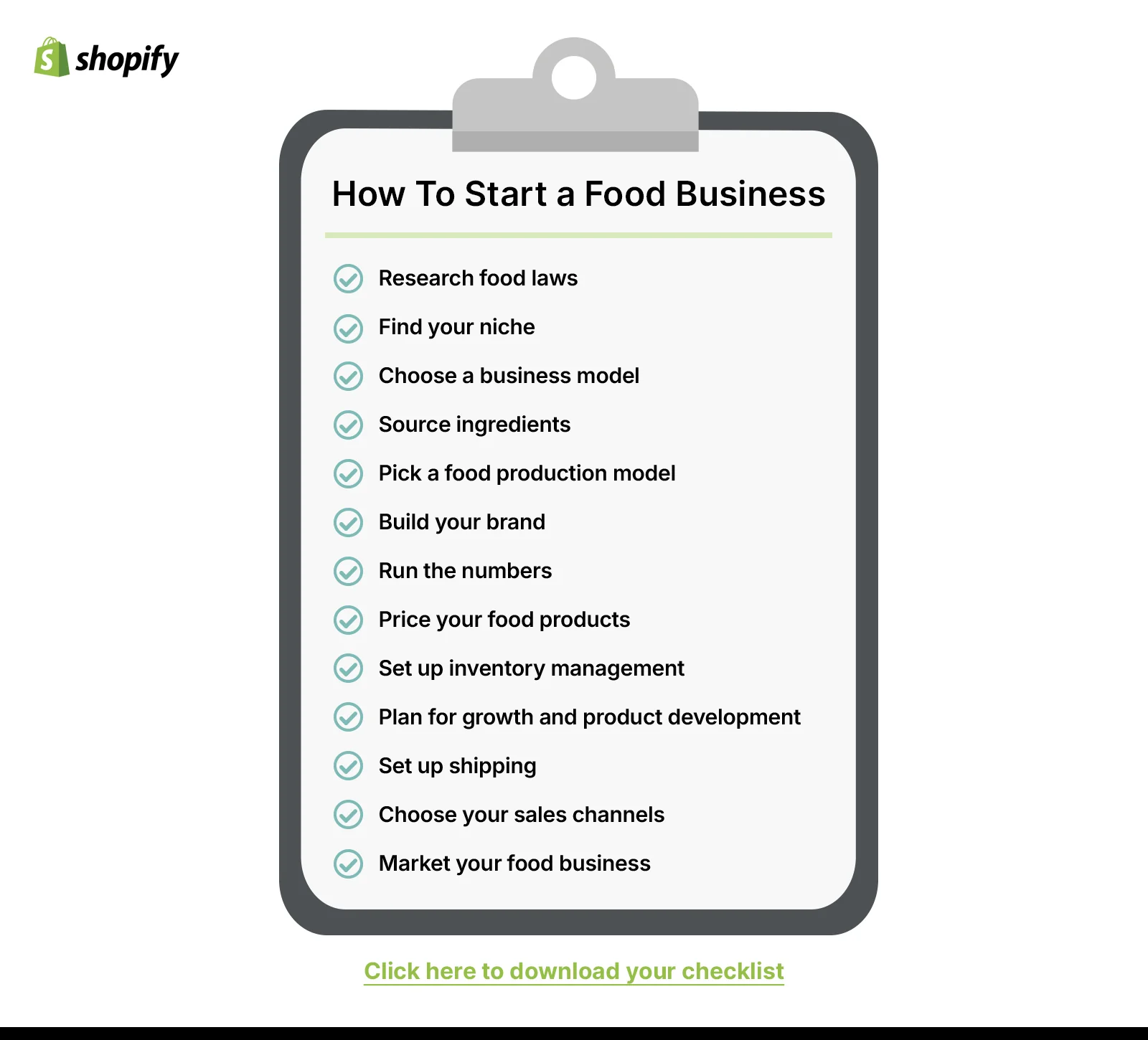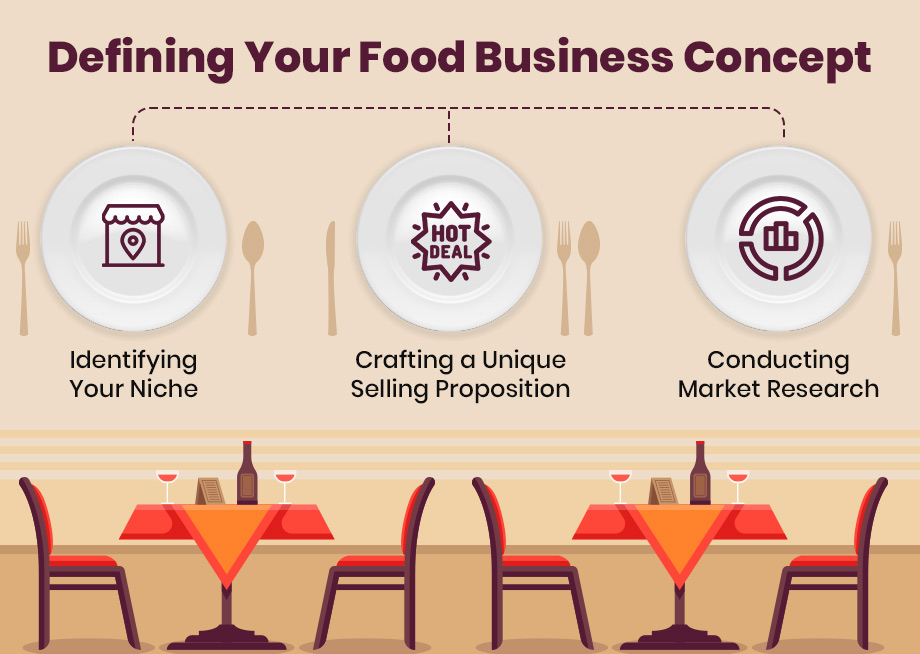So, I decided it was time. Time to put my food production business up for sale. It wasn’t an easy decision, let me tell you. I’d poured years, sweat, and probably too much of my sanity into that place. But, you know, life happens, priorities shift, and I just knew it was the moment to move on. I figured, “Okay, I’ll list it, someone will see the value, and bam, sold!” Oh, how naive I was.
Getting Started: The Paperwork Beast
The first thing I did was try to get my head around what selling actually involved. It’s not like selling an old bike, that’s for sure. I started by digging out all the financials. And I mean ALL of them. Years of records. I spent weeks, literally weeks, huddled over spreadsheets, bank statements, and invoices. My accountant became my new best friend, or maybe my most frequent caller.

Then there was the inventory. Counting every single jar, every bag of ingredients, every label. It felt endless. And the equipment! I had to list every mixer, every oven, every sealing machine, along with its age, condition, and what I thought it was worth. My brain was buzzing.
- I sorted through supplier contracts.
- I updated employee records (making sure everything was above board for a handover).
- I even had to think about the recipes and how to document them in a way that made sense for a new owner.
It was a proper deep dive into the guts of my own business, parts I hadn’t looked at so closely in ages.
Finding the Right Buyer: Not a Walk in the Park
Once I thought I had a decent package of information, I started thinking about how to actually find a buyer. I briefly considered using a broker. Talked to a couple. Some sounded great, promising the moon. Others, well, they just wanted a fat upfront fee. I decided to try going it alone for a bit, listing it on a few specialized websites and using my own network.
Let me tell you, the calls and emails started coming in. And boy, what a mixed bag! Some folks were serious, asked smart questions. Others… well, they were just curious, tire-kickers mostly. Wasted a fair bit of my time on calls that went nowhere. You learn to spot them after a while.
The hardest part was showing people around. My place. The place I built. Having strangers walk through, scrutinizing everything, making comments. It was tough, emotionally. Each tour felt like I was giving away a little piece of myself.
Due Diligence: The Nitty-Gritty
Eventually, a few serious contenders emerged. And that’s when the real fun began: due diligence. It felt like an interrogation, but spread over weeks. They wanted to see everything. And I mean everything. More financial records, tax returns, lease agreements, supplier invoices, customer lists. Their accountants and lawyers pored over my business with a fine-tooth comb.
There was this one potential buyer, they were so close. We’d agreed on a price, things were moving. Then, during their final checks, they got spooked by a clause in my lease agreement. Something I hadn’t thought twice about in years. We went back and forth, lawyers got involved. It was stressful, man. I thought the whole deal was going to fall apart over a few lines of text. Thankfully, we managed to smooth it over, but it added a couple of grey hairs, I’m sure.

The Finish Line and Looking Back
Negotiating the final sale agreement was another marathon. So many details, so many clauses. But eventually, we got there. The day I signed the final papers, it was a weird feeling. A huge weight lifted off my shoulders, for sure. But also a bit of sadness, like saying goodbye to an old friend.
I walked out of that lawyer’s office, took a deep breath. It was done. I’d actually sold my food production business. The money was good, don’t get me wrong, but it wasn’t just about that. It was about closing a chapter and being able to start something new. It was a heck of a journey, a real learning experience. And honestly, I’m glad I went through it, even the messy parts. It taught me a lot about business, and a lot about myself too.














